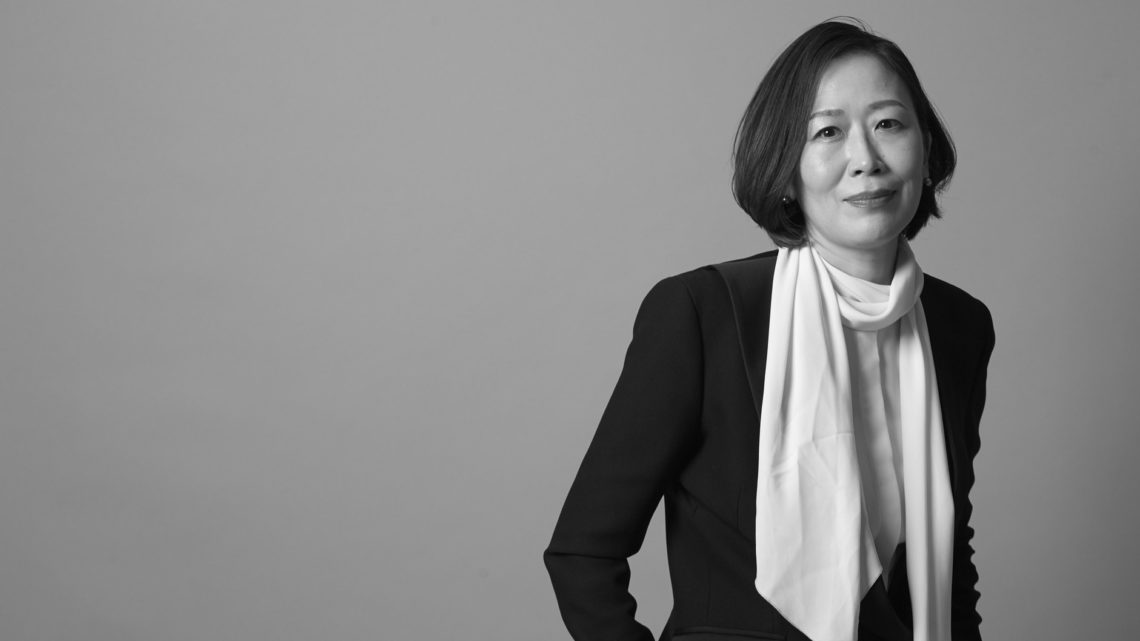Her sound knowledge of the Japanese market, the extensive network she has built throughout her business career and her perfect command of French made Midori Foray the ideal candidate for the role of Taittinger brand ambassador; added to the fact that she came across and fell in love with champagne and French gastronomy at a very early age, as sources of sharing and pleasure.
An haute cuisine experience is on offer on 4 November this year at the Eneko restaurant in Tokyo. Four Michelin-starred chefs co-designed the menu which will be accompanied by a selection of Taittinger cuvées. Seizing the opportunity to take part in this experience – in the presence of Pierre-Emmanuel Taittinger – around a hundred diners will also be making a gesture of solidarity as a share of the profits from this charity evening will be donated to an association working on food education. Before the meal, there will be an auction and ceremony where the winning chef of the Japanese selection stage of the ArsNova International Signature Culinary Prize will be honoured; he will go on to represent his country at the final in Paris in February 2026.
A family history
Midori Foray is the mastermind behind this extraordinary reception dedicated to pleasures of the table. This latest responsibility is a logical extension of her commitment to the Taittinger family and brand, but also of her long-held interest in wine and culinary arts. “My father was passionate about wine, which was unusual at the start of the 1970s, even more so in Japan. He dug out an underground cellar and opened a wine shop. He used to take us to French restaurants where wine and champagne were part and parcel of the service. I grew up with my older brother in this very special environment”. She built on this family apprenticeship with a period of study at the University of Bordeaux where she got acquainted with our language and our winemaking. “I visited wine estates and learned about wine tasting”. Midori got so caught up in it all that she decided to make it her career. She always made very high demands on herself which helped her to feel competent in an environment where women were few and far between when she started out. She loved France, its gastronomy and its wines so much that, a few years later, she married a French chef who is currently working in the embassy network in Tokyo.
A philosophy behind the champagne
Champagne Taittinger entered her life when she was learning the ropes with a Japanese importer who represented the House. It remained in her life when she went into business with her father and then set up on her own as a consultant. She still runs this business today, while also being a brand ambassador for Taittinger. Promoting its image and products in the Land of the Rising Sun is a very natural progression for her as she feels close to the Taittinger family and its values, and loves its champagnes without exception. “But if I had to state a preference, I’d say the Brut Réserve and, of course, the Comtes de Champagne. The Brut Réserve is the one that embodies the beauty of the people who work there. These people are consistent, genuine, never excessive and always elegant. And then, the Comtes de Champagne Blanc de Blancs represents another facet of the House: its history and its unique and unwavering philosophy. This cuvée conveys something deep, almost timeless”.
A clientèle of female connoisseurs
This is the kind of discourse, mixed with personal impressions, that she passes on to her Japanese clientele. “In Japan, champagne attracts a different audience than consumers of other wines. It particularly appeals to women because of its elegance and its festive nature. Communities of very knowledgeable women have been created around champagne. The Japanese are serious, studious people who love to learn. Lots of amateur enthusiasts even take specialist training courses. They therefore understand the difference between sparkling wine and champagne. That’s unique”. Despite the economic situation, the weakness of the yen and competition, consumption of champagne continues to grow in Japan, in accordance with practices that have developed there. “To begin with, it was a wine offered only as an aperitif. A proper meal had to include red wine. Since then, the Japanese have discovered several champagne cuvées, including some that can accompany an entire meal”. Just as guests at the charity dinner on 4 November in Tokyo will once again confirm.




